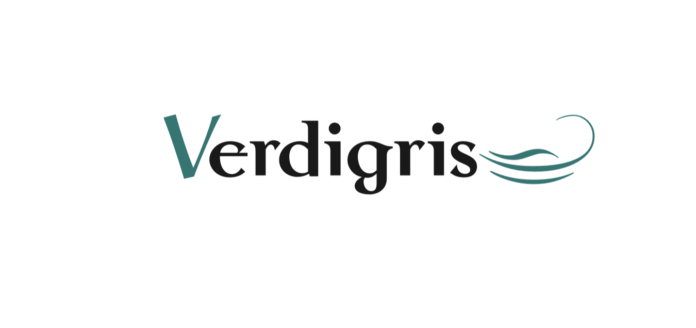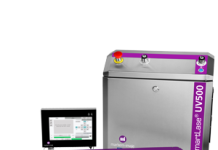The International Standards Organisation (ISO) technical committee responsible for graphic technology standards is TC130, and within that committee various working groups look at tools for different parts of the industry.
Their work ranges from developing data formats such as the PDF-X series and CfX, through to carbon footprinting and process control for different printing methods. There is a working group dedicated to media and materials, and it is in this working group that the work relating to processless plates is being done.
The rising popularity of processless plates is set to get a boost. The ISO is working on a document that standardises the evaluation of processless plate characteristics. This will make it easier for customers to judge various performance criteria, enhancing the benefits these plates offer in terms of convenience, faster make-readies and reduced costs. There are fewer processing steps for processless plates, so they are also better for the environment. Along with doing away with the chemistry necessary to develop a conventional printing plate, the emissions associated with offline plate processing also go away.
There are two parts to ISO 24487 (Graphic technology — Processless plates). The first part (part 1: Evaluation methods for characteristics and performance) specifies how to measure the amount of time it takes to reach a saleable sheet, including the on press plate development. Processless plates are mounted directly on press once imaged and the photosensitive plate coating is removed when the press starts up. This layer is dispersed in the printing inks and fountain solution, so it is important for the economics of a print run to know how long the press must be running for the removal to be complete and the press to be up to colour. ISO 24487-1 also has guidance for how to evaluate and select processless plates, along with requirements for how to do comparisons of different processless plate products. The test conditions outlined in the standard control key factors that influence the performance of a processless plate, including environmental factors.
ISO 24487-1 also outlines a method for measuring the plate’s resistance to abrasion and this too is important for the print run’s economics. For short run work this may not be important, but for run lengths on the edge of the plate’s durability for instance, it might be necessary to image two sets of plates, which doubles the cost. The standard specifies methods to measure toning and the plate’s chemical resistance among other things, which will be important for applications that use UV inks. The goal is to have a tool for evaluating processless plate characteristics, the development performance of mounted plates, their usability and overall print image quality. ISO 24487 has been approved as a Draft International Standard (DIS) and should be published next year.
This article was produced by the Verdigris Project, an industry initiative intended to raise awareness of print’s positive environmental impact. Verdigris is supported by: Agfa Graphics (www.Agfa.com), Digital Dots (www.digitaldots.org), EFI (www.efi.com), FESPA (www.fespa.com), Fujifilm (www.fujifilm.com/sustainability/), HP (www.hp.com), Kodak (www.Kodak.com/go/sustainability), Practical Publishing (www.practicalpublishing.co.za), Ricoh (www.ricoh.com), Unity Publishing (http://unity-publishing.co.uk) and Xeikon (www.xeikon.com).
THE VERDIGRIS PROJECT
http://verdigrisproject.com/





















